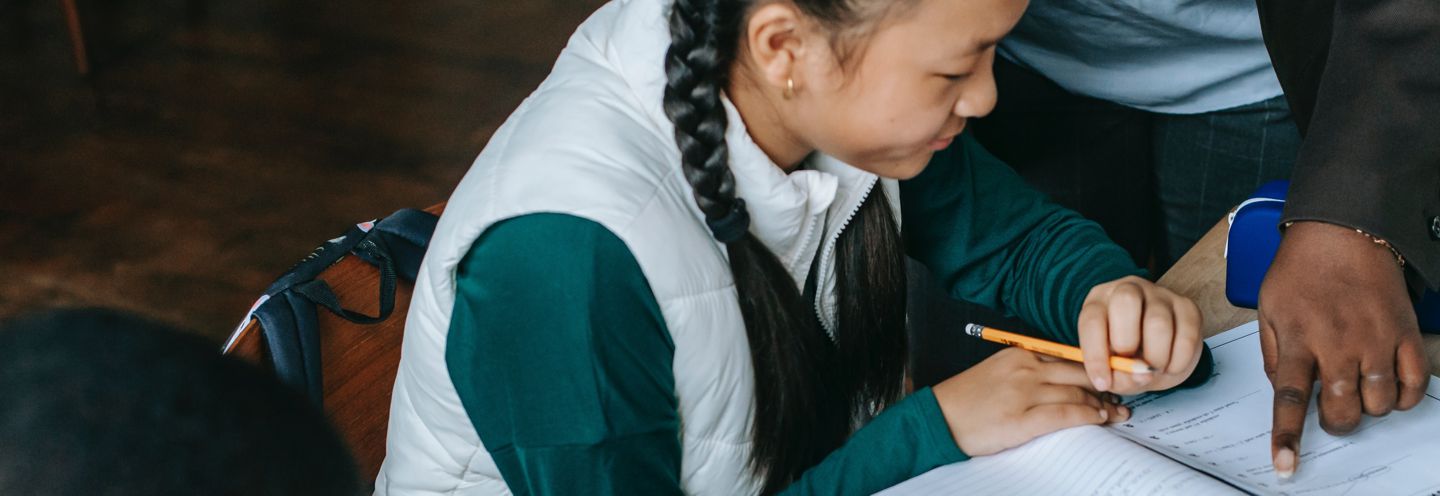Teacher Resources | 386 Results

In this lesson, students learn why the alcohol industry needs replacement (new) drinkers and how it exploits the needs and desires of young people in order to foster brand loyalty.

Understanding Brands is the third in this series and is intended as a stepping stone to Lesson 4, Interpreting Media Messages. In this lesson, students learn about the importance of branding for

In this lesson, students investigate the importance of branding and messaging, especially as they relate to parity products such as beer and alcohol.

In this lesson, students look at the different groups in our society that deliver messages to the public about drinking and consider the influence of each of these groups on the attitudes and

In this lesson, students are introduced to the idea that privacy is a fundamental human right and that their personal information is valuable. The lesson focuses on the “economics” of personal

This is the second of three lessons that address gender stereotypes. The objective of these lessons is to encourage students to develop their own critical intelligence with regard to culturally

This lesson introduces students to the ways in which advertising can affect their food choices.

The newspaper offers a fun and useful tool to learn about the workings of print media. In this lesson, students learn basic information about newspaper journalism through guided class discussion and

Privacy Playground, Cybersense and Nonsense, Top Secret!, Allies and Aliens, Passport to the Internet, Jo Cool or Jo Fool, and MyWorld have been retired because Flash Player is no

This lesson looks at food photography and the different techniques used by food stylists to make foods look appealing in advertisements.

